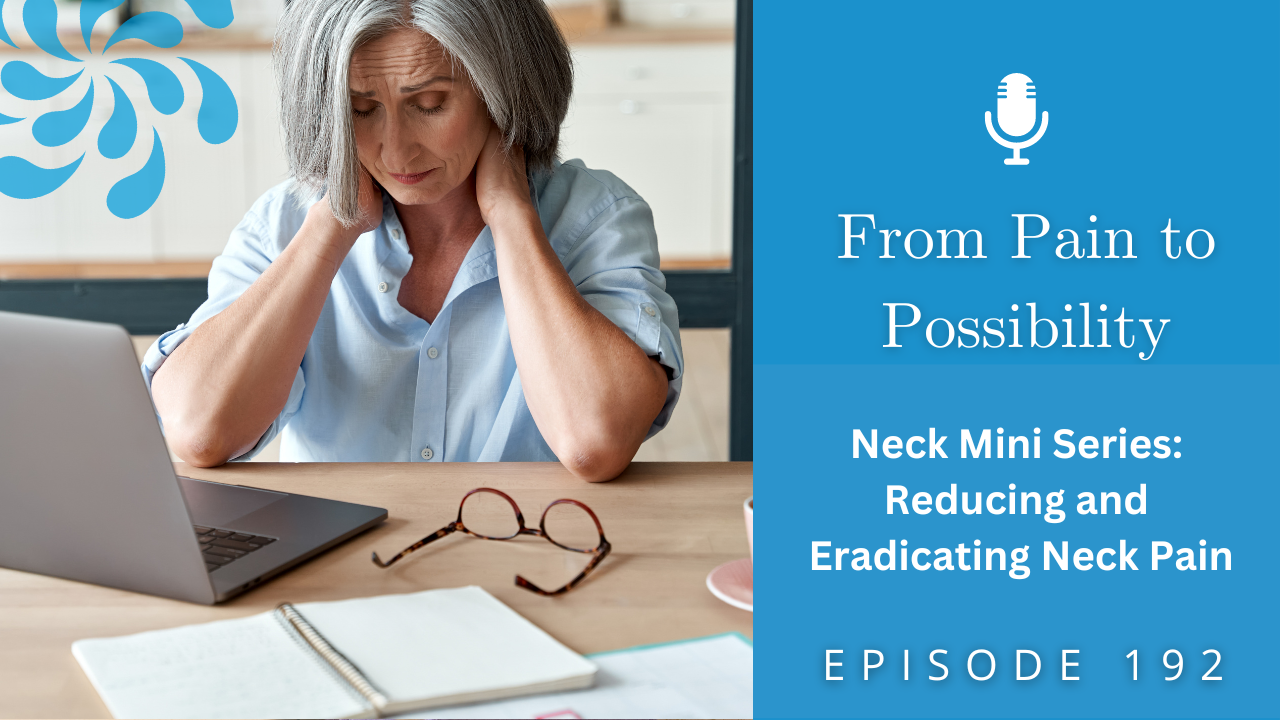Over the last three episodes of the neck mini series, I have covered the topics of alignment, making common neck movements or stretches work better for you, and the neck to rib cage to pelvis connection. Today, I am bringing it all together to conclude this neck mini series.
The neck can be a very classic compensator for issues elsewhere in the body, and there are several ways to deal with neck pain. This week, I remind you of the importance of connecting how we move with how we feel, and share four ideas to help you reduce and eradicate your neck pain.
Join me for this episode as I teach you the next steps you can take to continue exploring and experiencing your neck while supporting yourself to reduce pain, and walk you through some methods of finding pause, connection, and alignment in your body.
Subscribe: Apple Podcasts | Spotify

